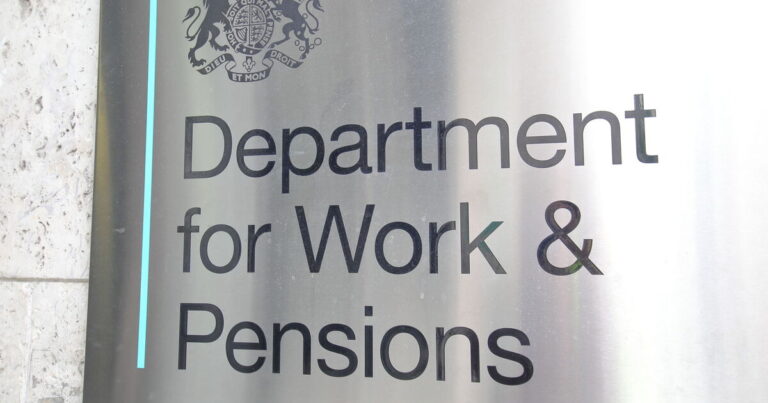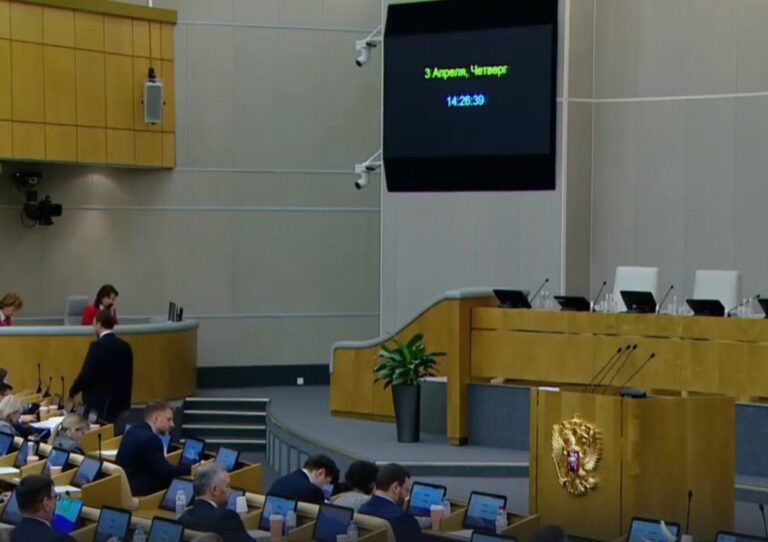
HMRC has explained a tax threshold rule that applies to all savers.
Responding to a query from a customer, the tax body explained the tax-free rules that apply to savings.
The individual asked over X if they would need to fill in a self assessment tax return if they were earning more than £2,000 a year in interest.
HMRC explained in reply: “If you have more than £10,000 from dividends or savings and interest, you would need to complete a self assessment tax return.
“If you have a Individual Savings Account (ISA), this is tax free as well as some National Savings and Investment (NS&I) accounts.”
With ISAs, there is no tax to pay on any interest earned or on growth in investments wrapped up in an ISA. You can save up to £20,000 a year in ISAs with no tax to pay on the amount
People get a starting rate for savings allowing them to earn £5,000 in interest each year without paying tax on it, but this reduces by £1 for each £1 you earn above your personal allowance, of £12,570.
Those on the basic rate of income tax can earn up to £1,000 a year in interest tax-free, which drops to £500 if you are on the higher rate and then to £0 for those on the additional rate.
NS&I customers with Premium Bonds also have no tax to pay on any prizes they win in the monthly draw, and NS&I has a Direct ISA and a Junior ISA.
Premium Bonds are a popular way to save with the excitement of potentially winning a prize each month, but the prize fund rate is dropping next month.
The rate will fall for the January draw from 4.15 percent to four percent, with the odds of each £1 Bond winning at 22,000 to one.
Prizes range from £25 up to a £1million jackpot, with other large prizes for £100,000 and £50,000.
Accountant David Kindness, who writes for Best Money, said: “For meaningful returns, it’s generally recommended to invest larger sums—around £20,000 or more.
“Those with smaller amounts often find their chances of winning anything slim, making the Bonds feel more like a lottery than a viable savings tool.”
Looking at other options, he said: “High-interest savings accounts or Cash ISAs could be better options.
“For example, NS&I’s Direct Saver account offers a 3.50 percent gross/AER rate, which provides predictable growth. These options lack the excitement of a prize draw but deliver reliable results.”


















